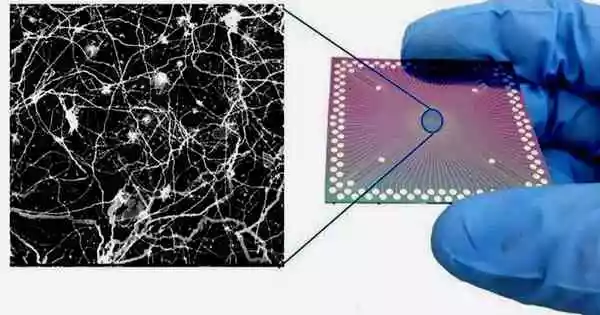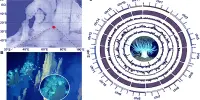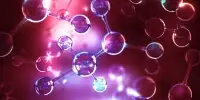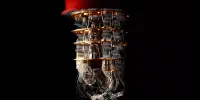Nanowire networks are a promising research area for developing advanced computing systems, but their capabilities and functioning differ significantly from those of the human brain. While nanowire networks can exhibit some learning and memory characteristics, they do not operate in the same way as the human brain.
An international team led by scientists at the University of Sydney has demonstrated that nanowire networks, like the human brain, can have both short- and long-term memory. The study, led by Dr Alon Loeffler, who received his PhD in the School of Physics, and collaborators in Japan, was published today in the journal Science Advances.
“In this research we found higher-order cognitive function, which we normally associate with the human brain, can be emulated in non-biological hardware,” Dr Loeffler said.
“Our previous research demonstrated how nanotechnology could be used to construct a brain-inspired electrical device with neural network-like circuitry and synapse-like signaling.” Our current work paves the way for non-biological hardware systems to replicate brain-like learning and memory, and it suggests that the underlying nature of brain-like intelligence may be physical.”
Nanowire networks are a type of nanotechnology that is typically made of tiny, highly conductive silver wires that are invisible to the naked eye, covered in plastic material, and laid out in a mesh pattern. The wires are designed to resemble the networked physical structure of the human brain.
In this research, we found higher-order cognitive function, which we normally associate with the human brain, can be emulated in non-biological hardware. Our previous research demonstrated how nanotechnology could be used to construct a brain-inspired electrical device with neural network-like circuitry and synapse-like signaling.
Dr. Loeffler
Advances in nanowire networks could herald many real-world applications, such as improving robotics or sensor devices that need to make quick decisions in unpredictable environments.
“This nanowire network is like a synthetic neural network because the nanowires act like neurons, and the places where they connect with each other are analogous to synapses,” senior author Professor Zdenka Kuncic, from the School of Physics, said.
“Rather than implementing some kind of machine learning task, Dr. Loeffler has taken it a step further in this study and attempted to demonstrate that nanowire networks exhibit some kind of cognitive function.”
The researchers put the nanowire network through a test called the N-Back task, which is similar to a common memory task used in human psychology experiments. For a person, the N-Back task could entail recalling a specific image of a cat from a sequence of feline images. An N-Back score of 7, the human average, indicates that the person can recognize the same image that appeared seven steps back.
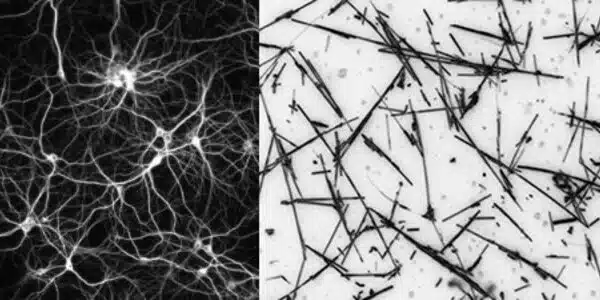
When applied to the nanowire network, the researchers found it could ‘remember’ a desired endpoint in an electric circuit seven steps back, meaning a score of 7 in an N-Back test.
“What we did here is manipulate the voltages of the end electrodes to force the pathways to change, rather than letting the network just do its own thing. We forced the pathways to go where we wanted them to go,” Dr Loefflersaid.
“When we implemented that, its memory had much higher accuracy and didn’t really decrease over time, implying that we’ve discovered a way to strengthen the pathways to push them towards where we want them, and then the network remembers it. Neuroscientists believe that this is how the brain works, that certain synaptic connections strengthen while others weaken, and that this is how we preferentially remember certain things, learn, and so on.”
According to the researchers, when the nanowire network is constantly reinforced, it eventually reaches a point where reinforcement is no longer required because the information has been consolidated into memory. “It’s kind of like the difference between long-term and short-term memory in our brains,” Professor Kuncic explained.
“If we want to remember something for a long time, we really need to keep training our brains to consolidate that, because otherwise it just fades away over time.” In one task, the nanowire network demonstrated that it can store up to seven items in memory at significantly higher than chance levels without reinforcement training and near-perfect accuracy with reinforcement training.”
